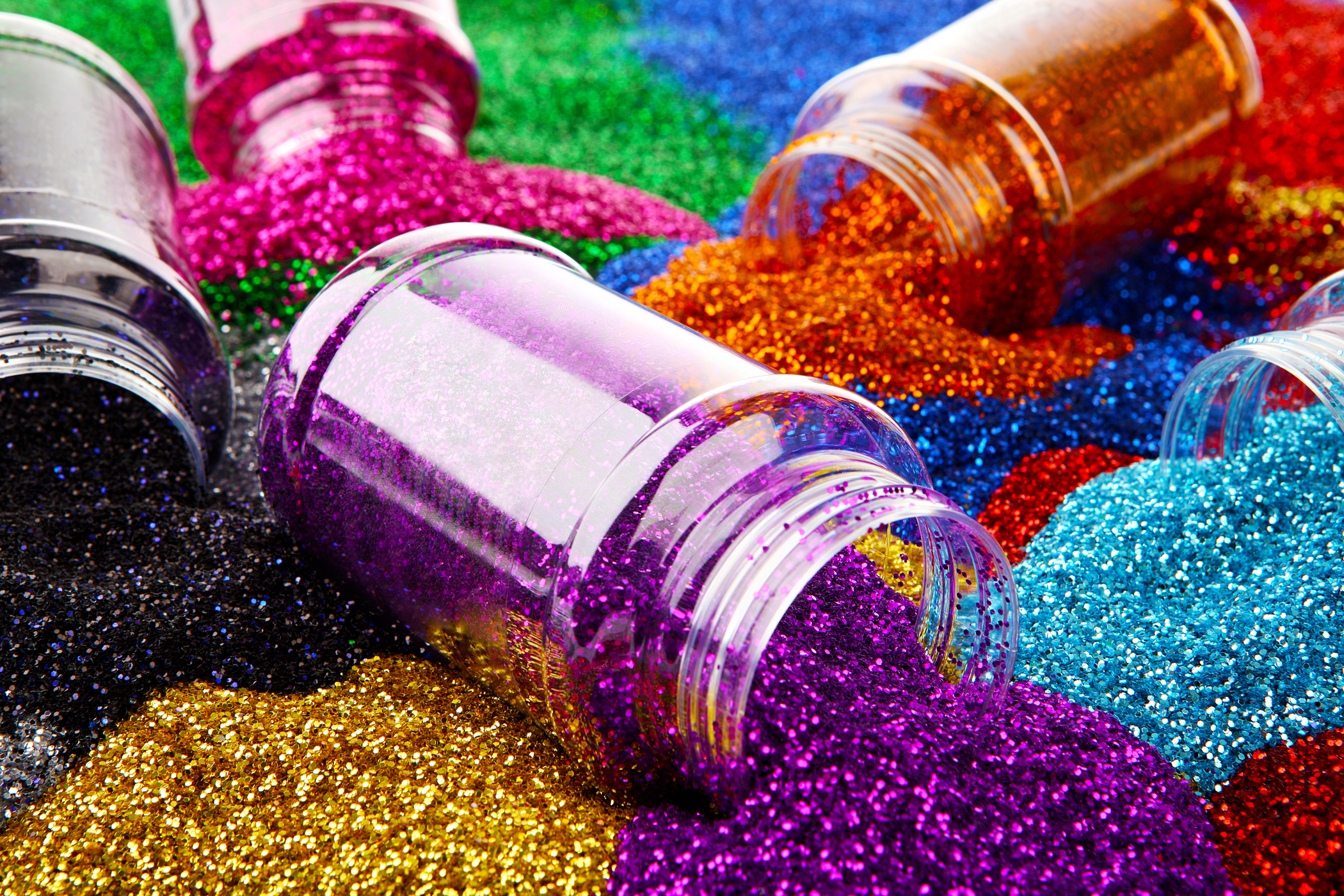Ocean, river, and lake ecosystems are at risk due to a popular component used in makeup and Carnival costumes in Brazil: glitter.
As reported by a study released in São Paulo, Brazil, its composition harms water quality and disrupts aquatic food chains.
The study, conducted by the University of São Paulo (USP) and published in the journal Aquatic Toxicology, reveals that glitter particles, microplastics smaller than five millimeters, evade wastewater treatment systems.

The research indicates that, based on current scientific data, over eight million tons of such material have entered the oceans in recent years.
Given its non-biodegradable nature, glitter particles are consumed by marine life, leading to injuries.
The research focused on cyanobacteria, microscopic bacteria essential for the formation of plants in water bodies and fundamental to aquatic ecosystems.
The study, funded by the São Paulo Research Foundation (Fapesp), assessed the effects of various glitter particle concentrations on two strains of cyanobacteria over 21 days.
Mauricio Junior Machado, the study’s lead and a researcher at USP, explained that increasing amounts of glitter amplified the cellular volume of cyanobacteria, inducing stress and potentially hampering photosynthesis.
Any disturbance to cyanobacteria indirectly affects other organisms in the same environment.

